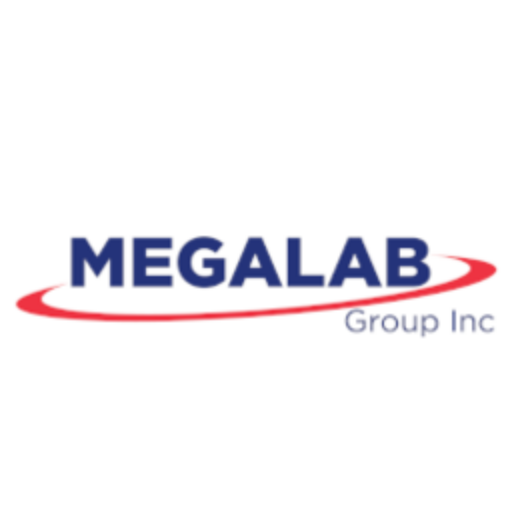Ingress Testing Methods – Choosing the Right Approach for Your Product
When it comes to ensuring the safety and reliability of electronic products, ingress testing is an essential step. This type of testing involves examining a product’s ability to withstand environmental factors such as water, dust, and other contaminants. Ingress testing can help manufacturers identify potential vulnerabilities in their products and make the necessary improvements to ensure customer satisfaction and regulatory compliance.
In this article, we will discuss the various methods available for ingress testing and help manufacturers choose the best approach for their product. We will cover common testing methods such as immersion testing, dust testing, drip testing, and spray testing, as well as specialized methods for specific types of equipment or environments. We will also discuss the benefits of outsourcing ingress testing to third-party laboratories.

Immersion Testing
Immersion testing involves submerging a product in water to determine its ability to withstand water intrusion. This method is particularly useful for products that are designed to be used in wet environments, such as marine electronics or outdoor equipment. Immersion testing can be performed using different types of water, such as fresh water, saltwater, or a mixture of both. The test can also be customized to simulate different depths and durations of submersion, depending on the product’s intended use.
Relevant IP Grades: IPX7 & IPX8 as per IEC 60529
Dust Testing
Dust testing is used to determine a product’s ability to withstand the ingress of dust and other particulate matter. This type of testing is particularly important for products that are used in dusty or dirty environments, such as construction equipment or industrial machinery. Dust testing can be performed using various methods, including blowing dust, settling dust, or a combination of both.
Relevant IP Grades: IP5X & IP6X as per IEC 60529
Drip Testing
Drip testing is a method of testing a product’s ability to withstand the ingress of water or other liquids. This type of testing is useful for products that may be exposed to rain, spills, or other forms of liquid intrusion. Drip testing involves dripping water or another liquid onto a product at a controlled rate and duration to simulate real-world conditions.
Spray Testing
Spray testing is similar to drip testing, but it involves spraying a product with water or other liquids at a high pressure to simulate harsh environmental conditions. This method is useful for products that may be exposed to heavy rain, high-pressure water jets, or other forms of liquid intrusion.
Relevant IP Grades: IPX3, IPX4, IPX5, IPX6 as per IEC 60529
Specialized Methods
In addition to the common methods described above, there are also specialized methods available for specific types of equipment or environments. For example, ice water immersion testing is used to simulate extreme cold temperatures, while heated jet spray testing is used to simulate extreme heat. Pressurized immersion testing is used to simulate greater depths and pressures, such as those experienced by underwater equipment.
Relevant IP Grades: IPX9K as per ISO 20653, SAE Standards
Benefits of Outsourcing Ingress Testing
While some manufacturers may choose to perform ingress testing in-house, there are many benefits to outsourcing this task to third-party laboratories. Third-party laboratories have specialized equipment and expertise that may not be available in-house, allowing for more accurate and reliable testing results. Outsourcing also allows manufacturers to save time and money by avoiding the need to purchase and maintain expensive testing equipment and hire specialized personnel.
Choosing the Right Approach for Your Product
When it comes to ingress testing, there is no one-size-fits-all approach. The right testing method for your product will depend on factors such as its intended use, the environment in which it will be used, and any regulatory requirements that must be met. It is essential to work with a qualified testing provider to determine the best approach for your specific product.
In conclusion, ingress testing is an essential step in ensuring the safety and reliability of electronic products. By choosing the right testing method and working with a qualified testing provider, manufacturers can identify potential vulnerabilities in their products and make the necessary improvements to ensure customer satisfaction and regulatory compliance.
Got a Question?
We’re here to answer your questions and help you get started right away. Call or send us a message anytime.

Megalab Group
Megalab offers ISO 17025 A2LA Accredited, EMC, Product Safety, Mechanical & Laboratory Testing Services. Megalab Group Inc. and its team are committed to meet and exceed our customers’ expectations as an industry leader in environmental and related regulatory testing services, through constant business improvement while upholding the highest integrity and quality in standards of all services we provide.
Learn more at www.megalabinc.com


